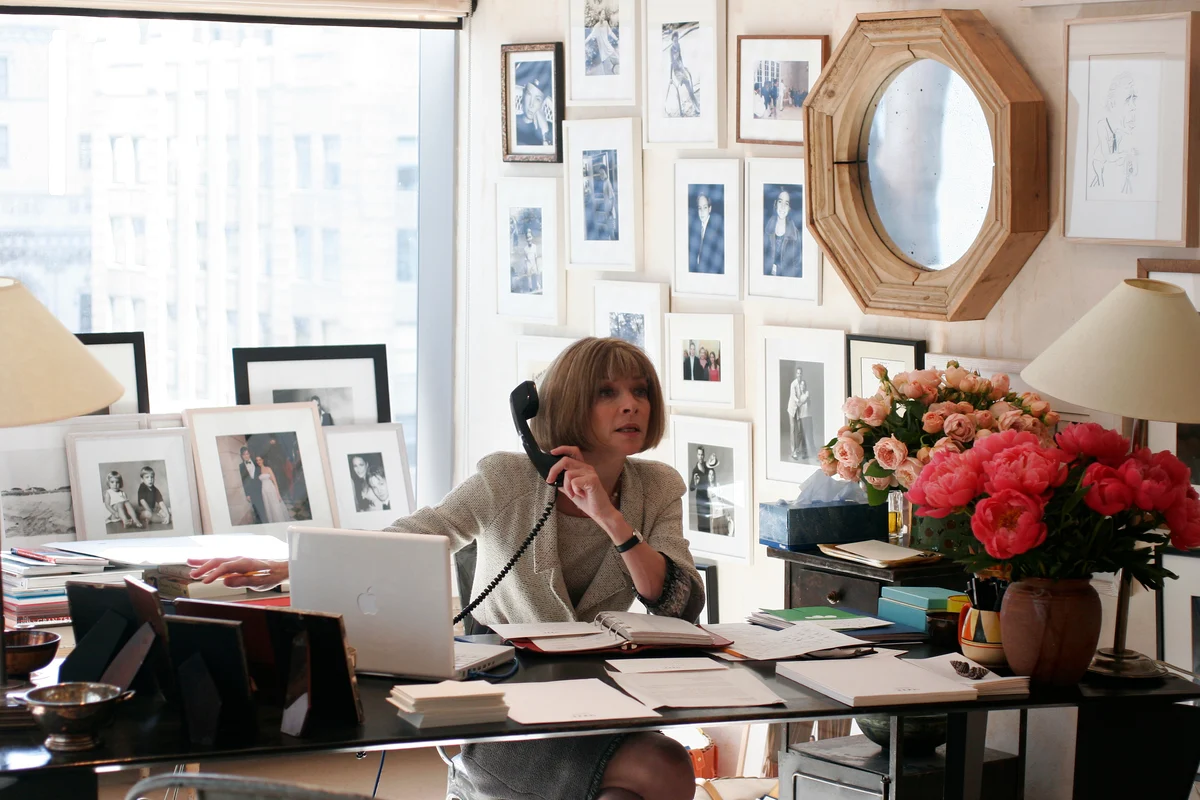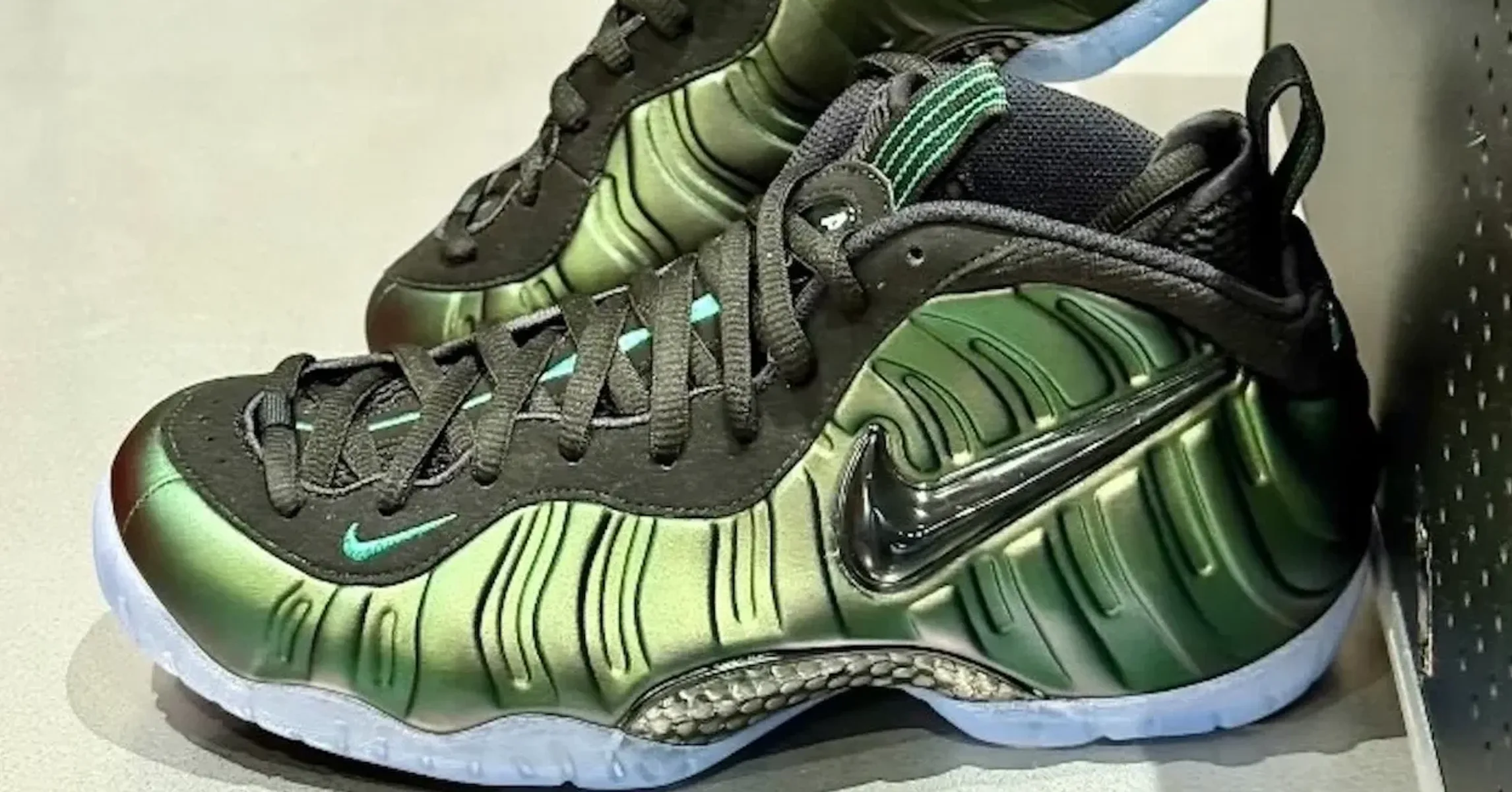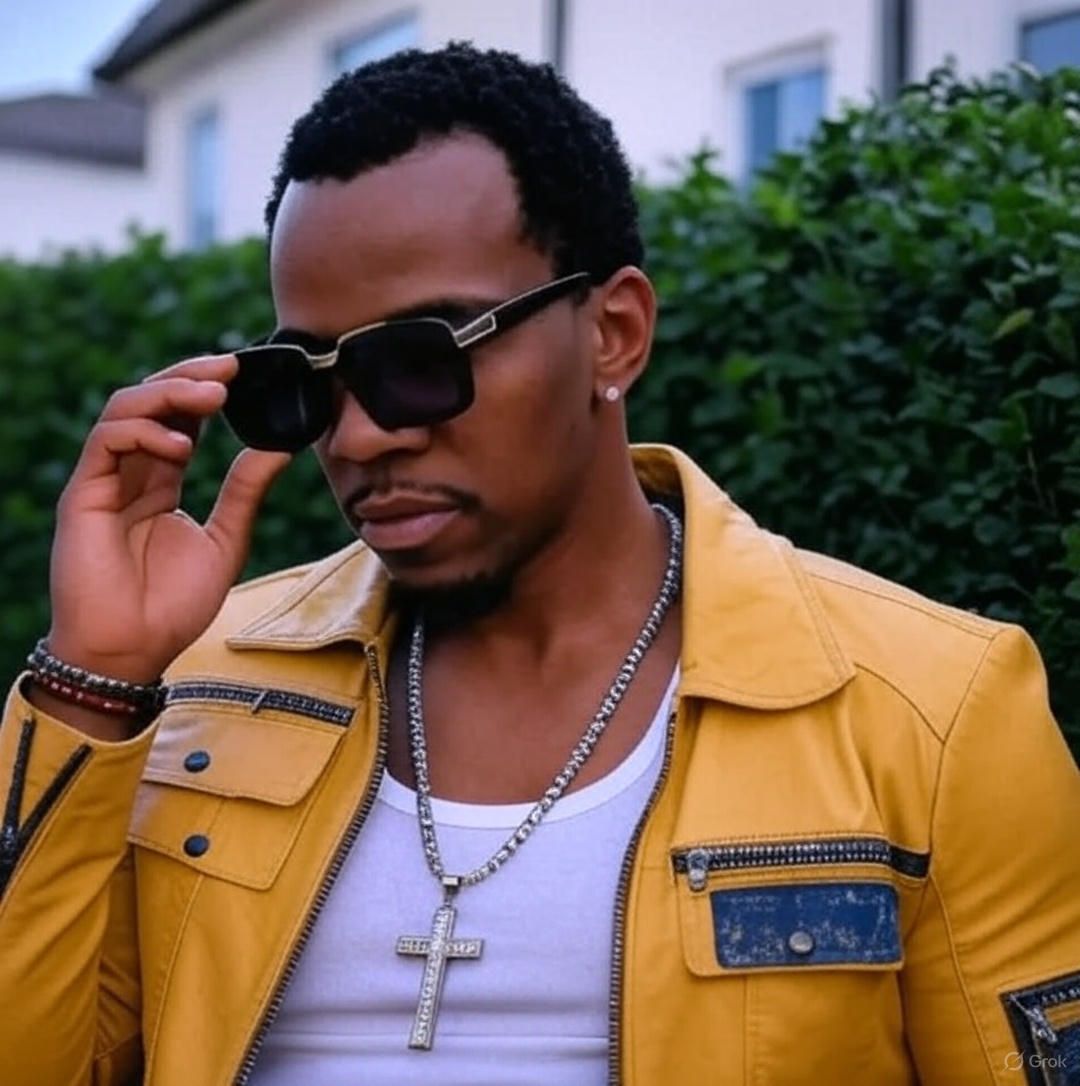By John Arlidge
Copyright standard

Fashion is fast and fleeting. That’s the point. This season the industry is changing faster than ever. There are new chief designers at Chanel, Dior, Gucci, Versace and Balenciaga, and some mournful gaps in the schedule. Rest in peace, Giorgio Armani. The most intriguing new face in the front row is Chloe Malle, 39. Never heard of her? You will. She has just taken the editorial reins at Vogue’s US edition, the most powerful of all the global editions of the fashion magazine.
After 37 years at the helm, Dame Anna Wintour, 75, has called time on the cerulean blue debate — although she will continue to oversee all editions of Vogue as chief content officer for Vogue’s parent company, Condé Nast. She also keeps an exacting eye on all other Condé Nast titles, except The New Yorker.
Malle has impeccable credentials for the job. Her mother Candice Bergen played Carrie Bradshaw’s Vogue editor in Sex and The City and she featured in Vanity Fair’s “bright young things” column in 2010. After joining the magazine in 2011 she became contributing editor, editor of vogue.com and co-host of the magazine’s podcast with British Vogue’s head of editorial content, Chioma Nnadi.
But she has her work cut out. Digital disruption means Vogue has lost its unique role as gatekeeper to the world of fashion. “Brands can go straight to the consumer, live-streaming their shows on social media or getting influencers to market their wares,” points out John Hooks, the executive who is consultant to the world’s biggest fashion brands. “It is no longer the ‘bible of fashion’.” Many of the best writers and photographers have shifted from print to popular new digital publishing platforms, such as Puck, Instagram and the Business of Fashion.
Chuck in a slumping advertising revenue as ad dollars follow readers to the new digital platforms, the threat of AI content creation in fashion and publishing, and glossy magazines’ failure to create a robust subscription model and Condé Nast “is battling a terrifying storm”, as Enders analyst Douglas McCabe puts it.
‘A voracious, engaged journalist’
Can Malle, who lives in Manhattan with her husband, their two children and dog, Lloyd, navigate through it?
She has proven her worth by developing new branded products and much-needed revenue streams. As a private company, Condé Nast does not publish detailed accounts but insiders say it has struggled to return handsome profits in recent years, although a Condé Nast spokesman, who declined to be named, insists the company is in the black. Since she became editor of vogue.com in autumn 2023, Condé Nast sources say direct traffic to the site has doubled, and vogue.com has seen double-digit growth across all key metrics — including unique views, time spent and content output. Her invention Dogue — an online fashion contest for dogs — is a resounding hit.
But she will need to do way more. Her task is to recast the magazine to make it relevant for a new generation. “Vogue has not been a big part of the culture for a long time,” says Lauren Sherman, fashion’s sharpest critic, who broke the story of Malle’s appointment in her Puck newsletter Line Sheet. Michael Grynbaum, author of Empire of the Elite: Inside Condé Nast, describes Vogue as an “old maid” that needs “a youthful glow-up”.
Read more: your London Fashion Week survival guide
Malle seems to agree. “Placing my own stamp on this is going to be the most important part of this being a success,” she acknowledged in her first and so far only interview since her appointment in The New York Times.
She is not showing her hand yet — nor is Wintour — even though both women have had months to prepare for the transition. Malle has revealed only one idea. She wants to produce fewer issues each year around specific themes or cultural moments to create “a more direct, smaller, healthier audience”. Vogue reduced its frequency to 10 issues a year in 2023 and that might now go down to six. Her first print issue will most likely be published next year.
McCabe questions her strategy. He points out that in the UK Condé Nast’s Vanity Fair and Glamour, Esquire, Stylist, Grazia and Harper’s Bazaar have all reduced the number of issues they publish and the long gap between each issue has meant many have faded to irrelevance. “Small and beautiful usually tends to be small and less relevant or slowly die,” he says. It is not clear what advertisers, who keep the lights on at Condé Nast, will make of fewer issues.
Fewer, better issues “would perhaps work if they were a loss-leading, premium marketing tool for a much bigger business,” McCabe argues, “but it is not clear what that bigger business would be.” Condé Nast’s pivot to video has failed to generate the returns CEO Roger Lynch had hoped for. The spokesman says that over the past five years video revenue has grown by 23 per cent but does not say if video generates substantial profits. The same goes for premium-rate subscriptions and private club style membership offerings, insiders say, although the spokesman insists that total subscription revenue “is growing approximately 30 per cent over the last five years.”
While Vogue’s events, Vogue World branded mini-festivals and the splashy Met Gala in New York, boost sales revenue and generate buzz, they are hard to scale. “Once you’ve been to one Vogue World event, would you go to another?” asks McCabe. He adds that the celebrities who once needed Vogue to raise their profile, more than Vogue needed them, don’t need to attend every Vogue event these days.
The trick to Malle’s success might be to use a mix of flattery and youthful exuberance to pull off a neat one-two. Persuade Wintour to carry on doing what she does best for Vogue — use her power to convene the great and the good at events where Vogue can exclusively stream arrivals, departures and interviews — freeing her up to cast the magazine anew.
If she manages this, Condé Nast insiders say her first task will be to reclaim Vogue’s edge and do more challenging journalism. The contrast between Wintour’s first cover story and one of her last reveals a magazine that has all but given up trying to be an independent arbiter of taste or style. In 1988 Wintour shook up the industry by embracing the new era of high fashion combined with streetwear by putting on the cover the model Michaela Bercu wearing — gasp! — jeans. A first for a Vogue. One of her last covers featured the actress Emma Stone, a brand ambassador for Louis Vuitton, in all LV garb, photographed by a photographer who shoots LV advertisements. It was mocked as an advertorial.
There are signs that Wintour herself thinks the magazine needs an editorial reset. When she appointed Malle she said: “She understands a newsroom… She’s a voracious, engaged journalist.” From behind her trademark sunglasses, she added: “At a moment of change both within fashion and outside it, Vogue must continue to be both the standard-bearer and the boundary-pushing leader.” It won’t have escaped her attention that the two best performing Condé Nast titles, The New Yorker and WIRED, remain traditional journalistic endeavours.
Malle identifies more as a journalist than an authority on fashion or photography. “She’s a words woman who is more interested in women’s lives and broader culture than fashion,” one colleague says, before adding somewhat archly: “You can see that in the choice of clothes for the photoshoots that accompanied the announcement of her appointment.”
High fashion is in crisis
British Vogue has shown the positive effect a little independent journalism can have. After a sickly diet of soft interviews under former editor Edward Enninful, Nnadi earlier this year commissioned an interview with outgoing BBC Radio 4 Today presenter Mishal Husain. Her criticism of “bombastic” BBC presenters made headlines when newspapers reported it was a thinly veiled swipe at her former colleagues, Amol Rajan and Emma Barnett, burnishing Vogue’s brand.
If Malle were to go back to journalistic basics, her timing is perfect. High fashion is in crisis, roiled by steep price hikes, sustainability concerns, revelations of poor labour practices and the rise of high-quality copycat “dupe” brands. At the same time, key areas of interest to Vogue readers — from the changing notion of celebrity, to the lives of the super rich, to women’s working lives and wardrobes — are more interesting than they’ve been for years. Cathy Horyn, former fashion critic of The New York Times and now The Cut’s fashion critic-at-large, says: “You couldn’t pick a better time to be reinventing a magazine that chronicles fashion and lifestyle.”
Read more: Chioma Nnadi on her vision for British Vogue
Sherman spies an opportunity in Malle’s most recent work. Malle secured and wrote an exclusive digital cover story on the marriage of Amazon founder Jeff Bezos and Lauren Sánchez in June. It was saccharine and the photographs looked like amateur engagement party snaps but Sherman argues it could have been recast as a portrait of one of the most high-profile women in the world; and an examination of the changing nature of wealth in modern America. Rumours that Bezos is plotting to buy Vogue would have added spice.
“They should have really done it and owned it,” Sherman says. “They should have had her on the actual cover of the print magazine, not just the digital one, and made it read and look interesting and provocative. Many readers were annoyed by it but that was because it was not well done.”
What’s another way Malle could signal a change in direction and get people talking about Vogue again? “Put Melania Trump on the cover,” Sherman replies without hesitation. With Wintour a life-long Democrat, that really would signal a new era. Over to you Chloe.



